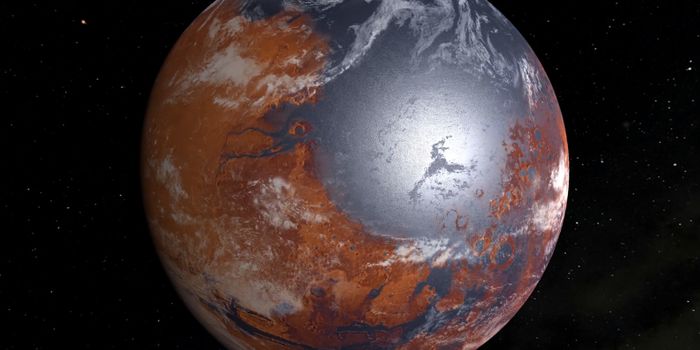Solar Impulse 2 Crosses the Atlantic Ocean Successfully
The Solar Impulse 2 team has a lot to be excited about as the solar-powered aeroplane has successfully landed in Seville, Spain following its departure from New York City in the United States.

Image Credit: Jean Revillard / Rezo
Its trek across the Atlantic Ocean lasted a staggering 70 hours straight, and pilot Bertrand Piccard was in its cockpit the whole trip.
"The Atlantic has always been this symbol of going from the Old World to the New," Piccard said. "Everybody has tried to cross the Atlantic, with sailboats, steamboats, airships, aeroplanes, even rowing boats and kitesurfs. Today, it's a solar-powered aeroplane for the first time ever, flying electric with no fuel and no pollution."
Solar Impulse operates on nothing more than electricity generated from 17,000 photovoltaic cells that are placed all along the vehicle’s surface. This electricity powers the vehicle’s four electric motors, which spin massive turbines that allow the plane to fly anywhere between 30 and 60 miles per hour.
During the day, when the plane is able to feed off of the sunlight, it typically cruises at around 60 miles per hour, while at night, the plane slows to about 30 miles per hour in order to preserve energy and sustain itself on nothing but Lithium-Ion battery power.
Despite only one electrical issue that left the aeroplane stranded in Hawaii for a good nine months for repairs, Solar Impulse has shown that it can be pretty reliable. It has managed to fly almost all the way around the world, and eventually, it will work its way over to its place of origin in Abu Dhabi of the United Arab Emirates.
Although the Solar Impulse project isn’t intended to prove that solar power should be used for all airplanes in the future, the Solar Impulse team does acknowledge that the project is intended to bring awareness of the capabilities of environmentally-friendly power sources such as the Sun.
Nevertheless, NASA recently unveiled their plans to create a solar-powered X-plane, which has 14 electrically-powered motors. Still, it’s nothing of full-size and passenger capacity would be limited due to the power constraints of current solar power-made thrust technologies.
Source: BBC








